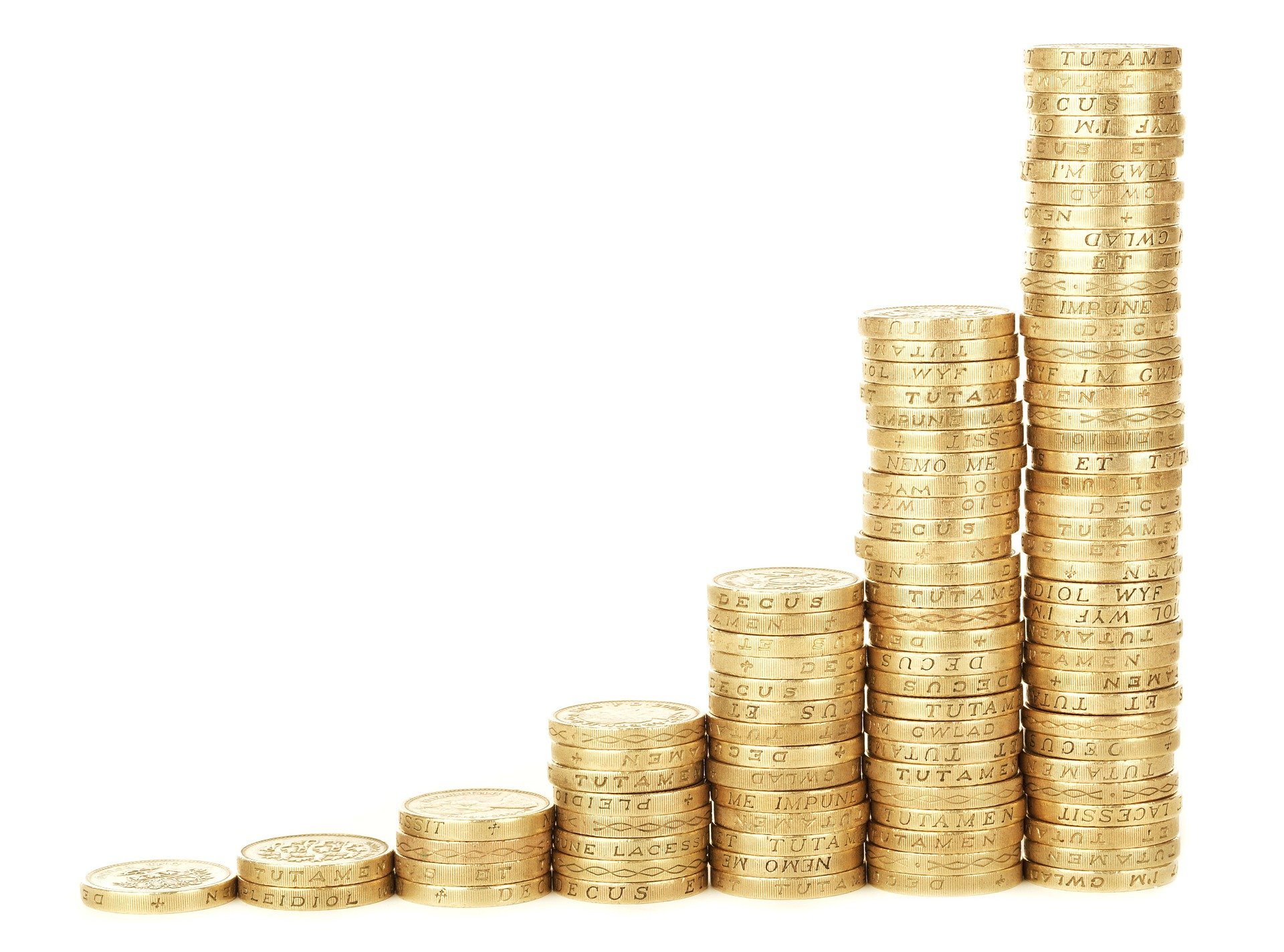
A Short Guide to Personal Insolvency*
As we come out the other side of this pandemic, people will be taking a long hard look at the state of their finances. A lot of people have lost their jobs, others have been on furlough and some have just had tighten in their belts because keeping kids at home for months on end is expensive! Debts might have mounted up, there is a rise in people using food banks and it’s all expected to get worse. People who were once on a good wage are no looking into claiming benefits because there just aren’t any jobs yet while the country begins to recover. It’s honestly no surprise that more people are having to seriously consider personal insolvency or bankruptcy just so they can start again from scratch. Thankfully there are companies out there such as Irwin Insolvency that can help you make a decision on whether declaring bankruptcy or go forward with an individual voluntary arrangement. Deciding to proceed is a big step, so here are some things to think about before going ahead.

What is the difference between bankruptcy and personal insolvency?
Personal insolvency is the state of being insolvent. This means your outgoings are more than your incomings and a deficit is created. You’re unable to pay off your debts that then leads you into being in more debt because you cannot pay your creditors on time. There are two types, cash flow and balance sheet. If you are cash flow insolvent, it means you don’t have the money to pay off debts, but you do have assets that can be sold to pay the debts. However, if your balance sheet insolvent it means you have neither money nor assets to clear your debts.
Bankruptcy on the other hand is the legal process of managing your debts. You apply to become bankrupt and eventually it will offer you a fresh start with creditors, although this is a long process and show not be taken lightly. If you choose to become bankrupt this will be public knowledge. In the UK only individuals can be declared bankrupt, not businesses.
No matter what route you go down, there are both positives and negatives to keep in mind;
The positives
You will be completely cleared of your debts. This of course is the main aim and why it appeals to people who have lost their job and ended up in a financial mess. Once you have been discharged which can be in a years time, you can start again and rebuild a credit rating.
The negatives
Lets face it, when something seems too good to be true, it’s usually because it is. There are a lot more negatives than there are positive so before you proceed it’s important to think through everything carefully. People could find out as bankruptcy is publicly advertised, you could use your home, even if you rent as some tenancy agreements don’t allow for this. You lose any assets you gain during your term of bankruptcy. You could lose your car and any other assets you already own. The bankruptcy remains on your credit history for up to 6 years. And there are even certain jobs you can’t do!
It’s understandable that in this climate, this could seem like the only course of action for other people. There is no judgement, it’s a trying time and we all have to do what we can to simply survive.




